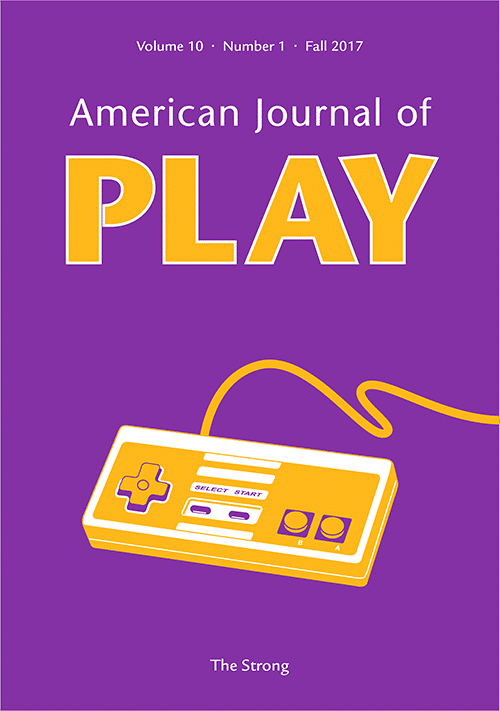Collecting, Preserving, and Interpreting the History of Electronic Games: An Interview with Jon-Paul C. Dyson
Jon-Paul C. Dyson is vice president for exhibits and director of the International Center for the History of Electronic Games (ICHEG) at The Strong. Trained as a cultural and intellectual historian, he joined The Strong in 1998 and has worked on and supervised the development of dozens of exhibits on play and video games. He initiated the museum’s efforts to collect, preserve, and interpret video games in 2006, and today The Strong’s collections are the most comprehensive in the world. He writes frequently on video games and play for both scholarly and general audiences. This interview explores how The Strong has developed its video game collections, what some of the pressing issues are in preserving those materials, and some possible directions that video game scholarship will take in the coming years. Key words: collecting electronic games; electronic game history; electronic game preservation; International Center for the History of Electronic Games (ICHEG); video games




